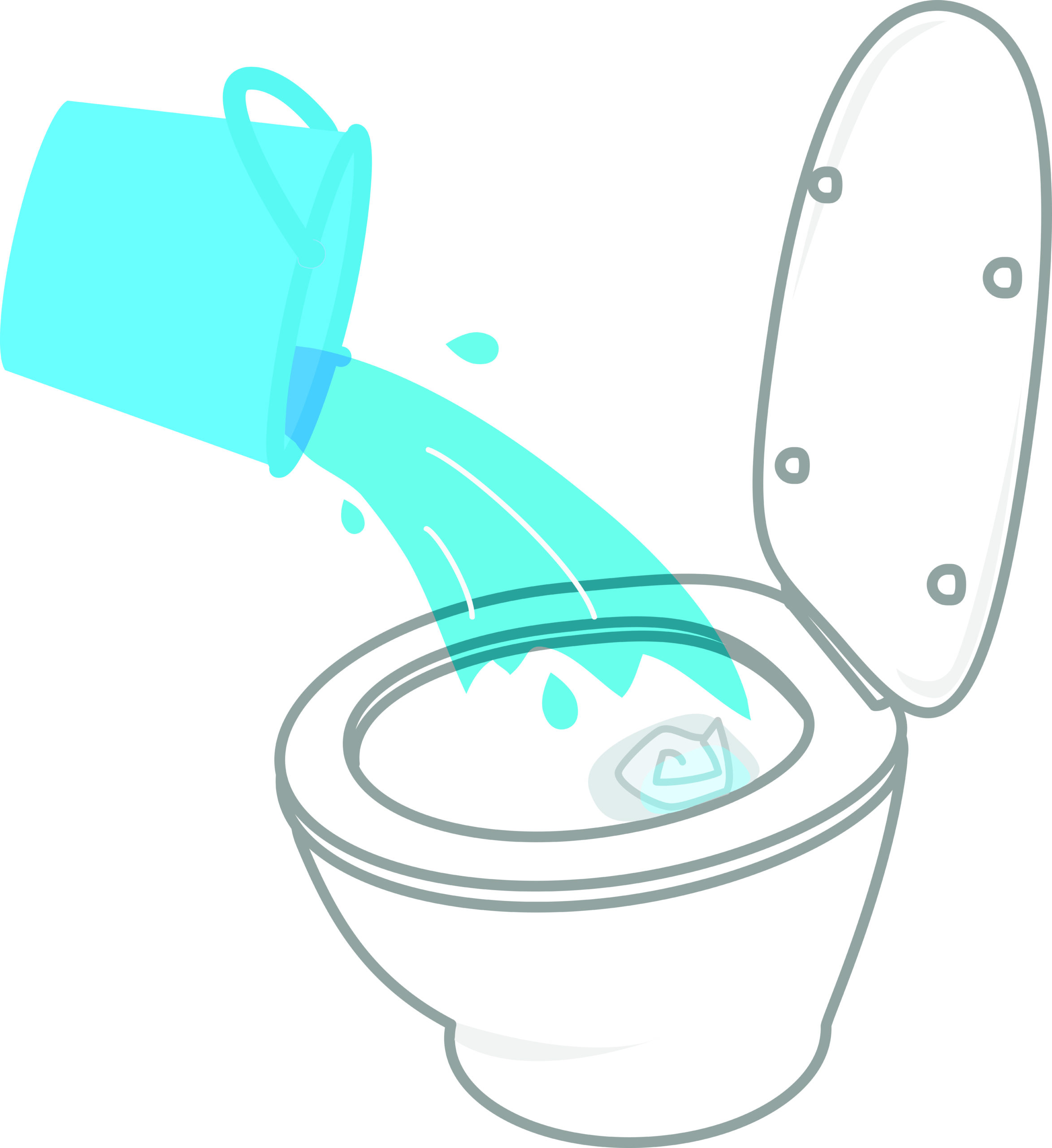We seem to have taken running water for granted in the modern world, haven’t we? But what if your water supply gets cut off for some reason? How will you shower, do the dishes, or, most importantly, FLUSH?
You can flush your toilet when the water is cut off by pouring a gallon of water directly into the toilet bowl. The pressure created by the water will push the contents down the sewer line, and you don’t need to use the flush handle either. Pour the water slowly at first, and then dump the remainder quickly.
Being able to flush your toilet even when there is no running water can be a necessary skill to have in some situations. Let’s dig deeper and see how you can do it and how it works!
How to Flush the Toilet When There is No Running Water?
The simplest and quickest way to flush your toilet without running water is by pouring about a gallon directly into the bowl. While there are other ways to flush your toilet without running water, this seems to be the easiest.
All you need to do is take a bucket of water, about 1-2 gallons, and pour it into the toilet bowl. It is necessary to dump the water quickly to actuate the flushing action. The strategy I found to be the best is to start slowly and dump all the water at once. The goal is to activate the siphoning effect in the plumbing. Pouring a gallon of water will get it done, and all the contents of your toilet bowl will flush down the drain.
You got to be careful while doing this, as pouring large quantities of water into the toilet can cause it to overflow if there is a blockage. So, before using this method, ensure your toilet is not blocked.
What Water Should I Use to Flush the Toilet?
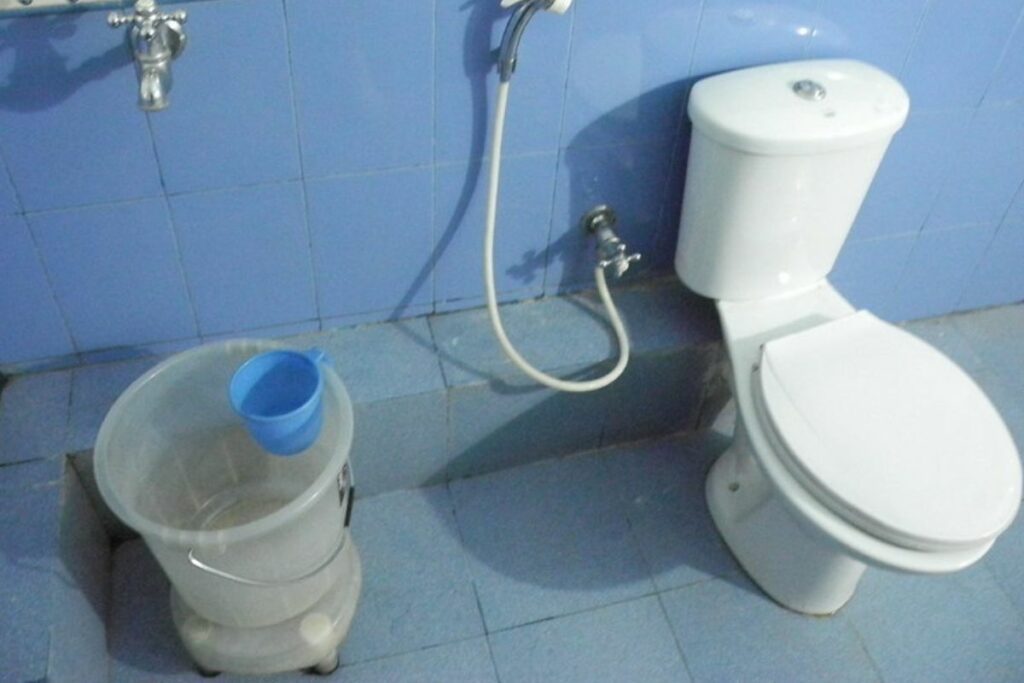
You can use any water to pour it directly into the toilet bowl to flush your toilet without running water. All you need is a gallon or two of water; it doesn’t matter where it comes from. It can be from your pool, a lake or the supermarket.
Remember to be careful of the backsplash if you use this method to flush your toilet.
Can I Pour Water in the Flush Tank to Flush My Toilet?
If you don’t want to pour water directly into the toilet bowl, you can run about a gallon of water into your flush tank and then actuate the flush by pulling the lever. The only downside of this method is that you will have to lift the lid of the flush tank and lift the water bucket higher to pour water into the tank.
If you pour water into the flush tank, it is important to remember that you should avoid overfilling the tank to prevent any potential damage to the ball valve. Ideally, you want to pour just enough water so that the rod that holds the ball valve is almost level.
Remember, filling the tank once will give you just the one flush. Once you pull the handle, all the water in the tank will be emptied, and you will have to refill the tank for a second flush.
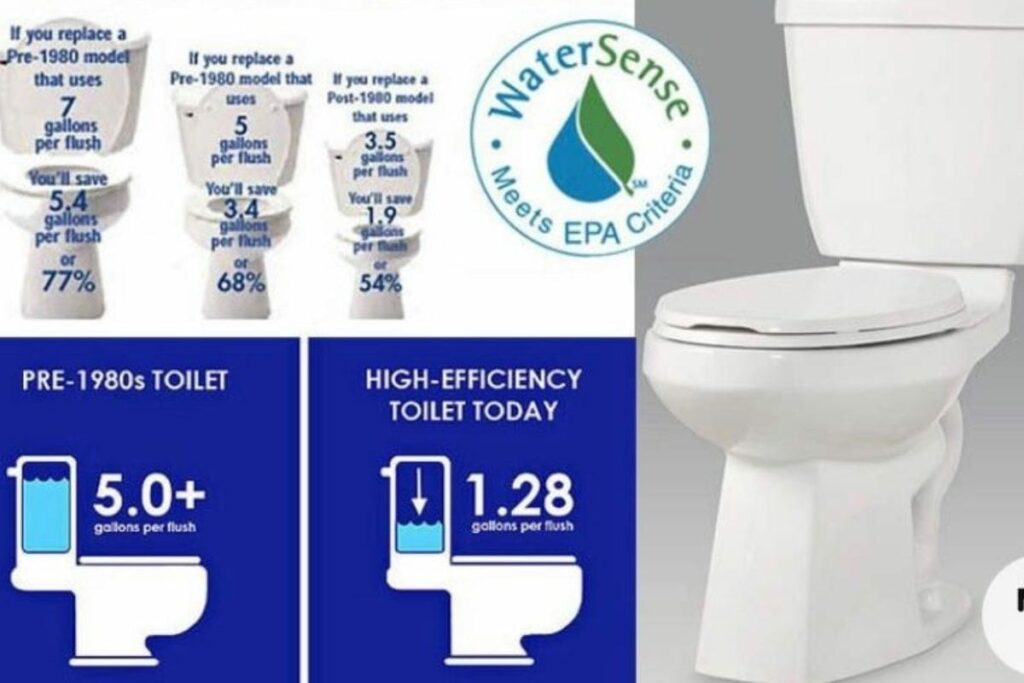
How much water do I need to flush the toilet?
As we discussed above, you need at least one gallon of water if you are planning to pour the water directly into the toilet bowl. That said, the water required to actuate a flush depends on your installed toilet type.
Toilets manufactured before the 1980s require as much as 7 gallons of water to flush. The good news is that you most probably have a toilet bowl that is newer than this, and they require anywhere between 1.5 and 3.5 gallons of water.
Tips to Flush Toilet Without Running Water
While it is relatively simple to flush your toilet even if your water supply is cut off, keeping the following things in mind might help to avoid any accidents-
- When pouring water directly into the toilet bowl, ensure that you use a bucket of water, not a bottle or a can. You will need to dump a large quantity of water to actuate the siphoning effect. Using a bucket gives the best result.
- If you plan to fill the flush tank, ensure that you don’t overfill the tank.
- Ensure that your toilet is not blocked before dumping all that water into the toilet bowl to avoid potential spillage and flooding
- If you have a concealed flush tank (also called a cistern), you might have only one option- pour water directly into the toilet bowl.
- If you have an electric pump system in your flush tank, it is better not to try pouring water in it, risking damaging the parts. It is better to pour the water into the toilet bowl in such a case.
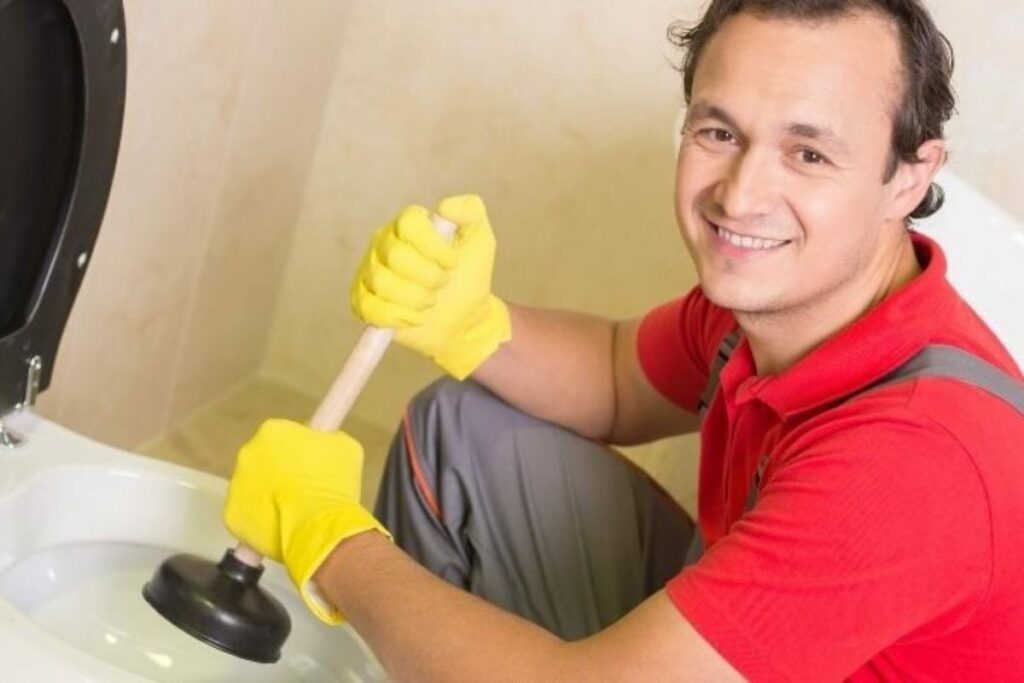
When Should I Call a Plumber?
If you are having problems getting your toilet flushed despite the methods we discussed above, your plumbing might be an issue. It is best to seek professional help if that is the case. Water damage can be costly to repair, and it is better to call professionals before accidents happen.
Frequently Asked Questions
What is the ‘reserve flush’ people talk about?
A ‘reserve flush’ is the amount of water in your flush tank even when the water is cut off. You can use it to flush your toilet once. So, technically, there is one flush in reserve even when your water supply is cut off. I recommend reserving it for emergencies when you don’t have water flush down the toilet bowl.
Why can I not flush my toilet with a bucket of water?
If you cannot flush your toilet even after adding a bucket or two of water, you are probably not doing it right. Remember, you need a large volume of water to trigger the siphoning action that flushes your toilet. So, it is crucial to dump the water all at once. If you are not doing it fast enough, your toilet won’t flush.
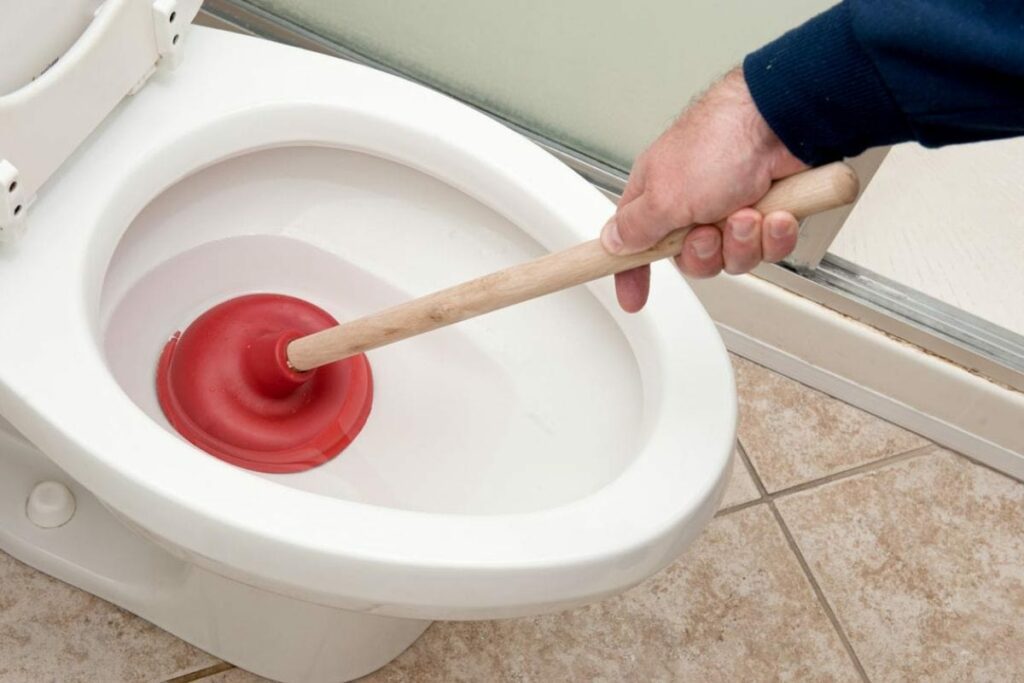
If you see the water level rising in the toilet bowl after pouring a bucket of water, you might be dealing with clogged plumbing. Stop running water in the bowl and call a plumber to check what’s wrong with your toilet.
To Conclude
Not having running water can be frustrating, especially if you need to use your toilet. Fortunately, you can still flush your toilet without running water if you use the tips mentioned above. It is not that difficult to flush your toilet, provided you follow the instructions and take proper precautions.

Amos Christen graduated with a bachelor’s degree in Interior Design from Drexel University — Philadelphia, PA. Since 2003, Amos has worked with top interior design professionals in this area, including architects and interior/graphic/lighting designers. As a skilled interior designer, Amos Christen is highly versed in fine arts and crafts and uses that to supplement his main area of expertise. He often publishes articles related to home décor on several websites, including Sprucetoilets.com, Sprucebathroom.com, and Mybesuitedhome.com. He also contributes to leading interior design magazines.
